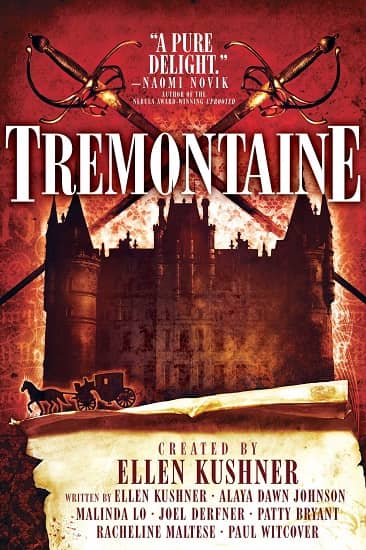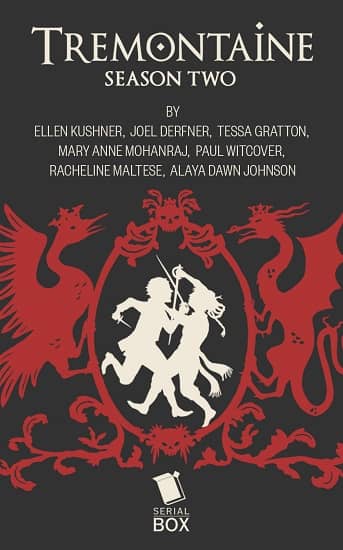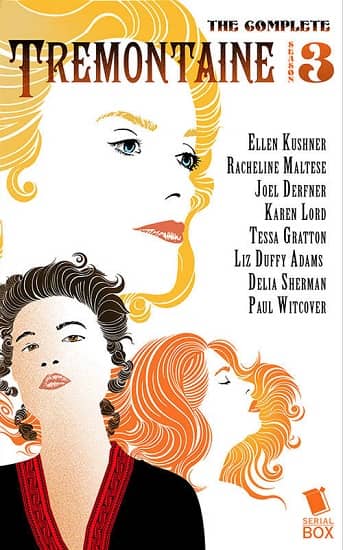Burbank Baghdad: Fake Folk Wisdom from the Movies
Many people collect something, whether it’s rocks, stamps, coins, glass animals (especially favored by emotionally fragile Southern girls who find themselves trapped in Tennessee Williams plays), or in this social media era, grievances. A lot of us here at Black Gate collect books. For almost all of my life, this has been my own particular preoccupation, but much as I love my books, I must admit that collecting them has its drawbacks, a fact I’m reminded of every time someone new comes to my house and I again have to answer the question, “How many of these have you read?”
I do have another collection, though, one which costs nothing, never needs to be dusted, doesn’t require a forklift and flatbed truck to transport, and takes up no room. (Except perhaps emotionally.)
Several years ago, I was watching The Vikings, a 1958 bit of pseudo-historical nonsense starring those Nordic icons Ernest Borgnine, Kirk Douglas, and, fresh from the fjords of Brooklyn, Tony Curtis. At one point during the festivities, some horn-hatted character or other turned to one of his fellow Norsemen and declared, “Love and hate are horns on the same goat.” I instantly experienced a celluloid epiphany, and my new collection was born; from that moment on I began to obsessively accumulate Fake Folk Wisdom From the Movies.
You know Fake Folk Wisdom. You’ll find it in any movie set somewhere east of Suez, or in which native Americans appear, or where lederhosen-wearing peasants named Hans and Karl grab pitchforks and head up the hill to storm the castle. You’ll be knee-deep in it in any movie where a Swede portrays a Chinese (Warner Oland as Charlie Chan) or a Hungarian plays a Japanese (Peter Lorre as Mr. Moto). Virtually every line Anthony Quinn ever spoke in his sixty years in Hollywood was Fake Folk Wisdom of one sort or another.
Fake Folk Wisdom didn’t issue from the depths of the Black Forest, nor was it born on the banks of the Nile, the Danube, or the Ganges, but instead flowed freely from the bourbon bottles that graced the desks of writers’ bungalows at Paramount and Warner Brothers, Twentieth Century Fox and RKO.
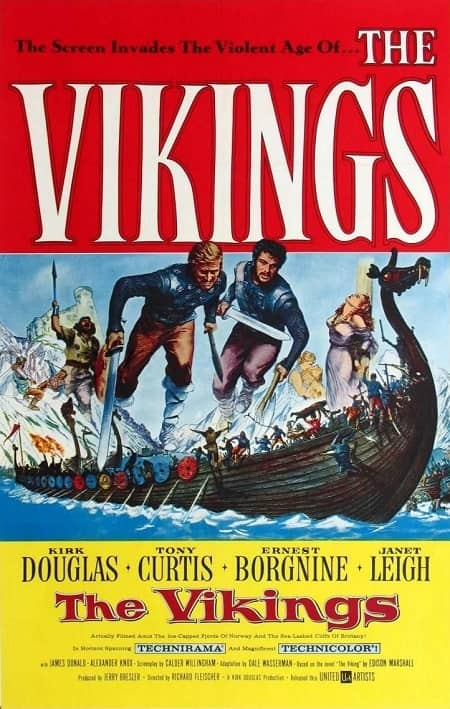

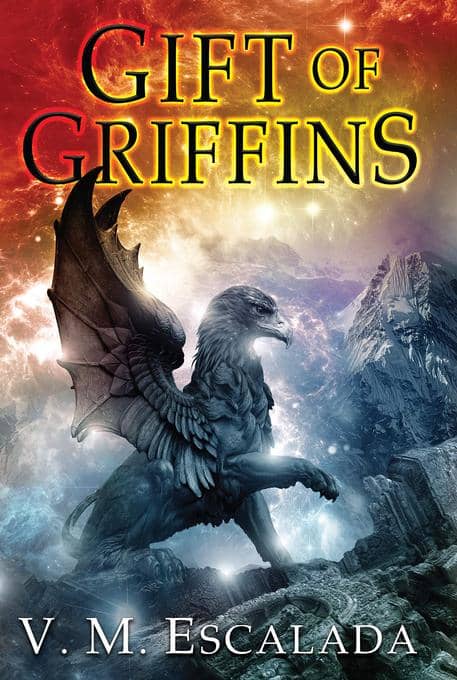
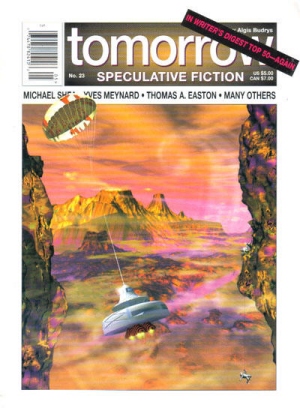
 I went by the screening room early on August 2, the last day of the 2018 Fantasia International Film Festival. It was my final chance to see some of the things I’d missed at the festival, and if I watched three movies in the screening room before heading off to watch the two films I wanted to see that evening at the Hall Theatre, then I’d total 60 movies on the year. And I knew going in what the first film I wanted to see at the screening room was, a film that had gathered a goodly amount of buzz around the festival. On the first day of the festival I’d begun Fantasia 2018 with the revisionist Western
I went by the screening room early on August 2, the last day of the 2018 Fantasia International Film Festival. It was my final chance to see some of the things I’d missed at the festival, and if I watched three movies in the screening room before heading off to watch the two films I wanted to see that evening at the Hall Theatre, then I’d total 60 movies on the year. And I knew going in what the first film I wanted to see at the screening room was, a film that had gathered a goodly amount of buzz around the festival. On the first day of the festival I’d begun Fantasia 2018 with the revisionist Western 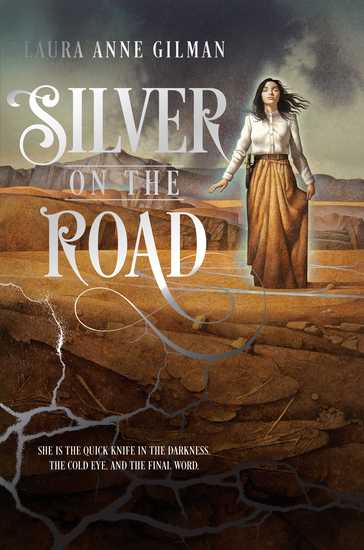
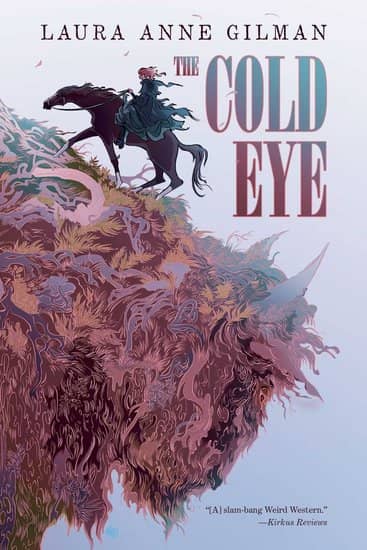
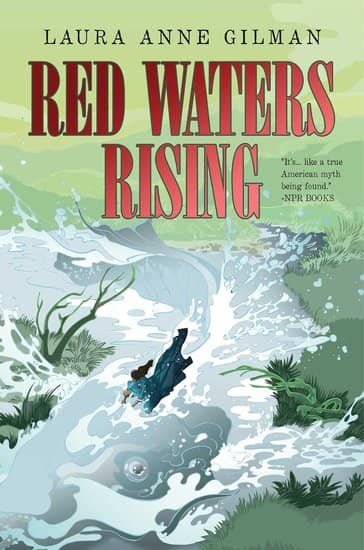
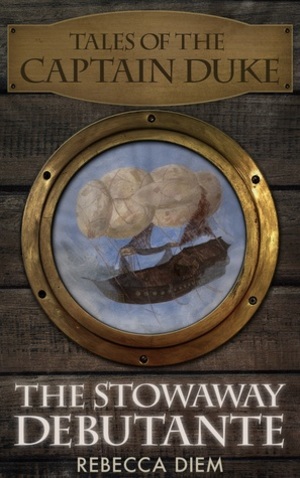
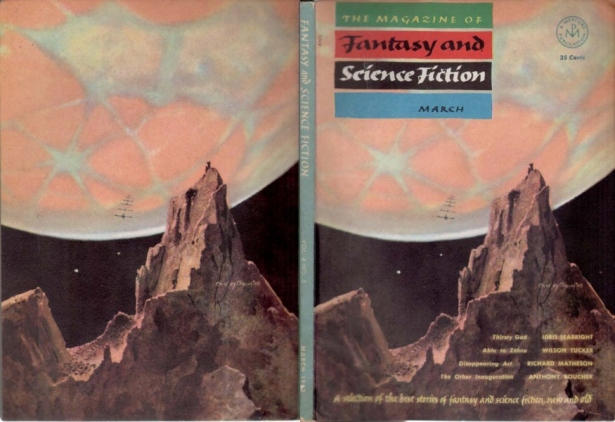
 I had time for one more movie in the Fantasia screening room before I’d head over to the J.A. De Sève Theatre to watch a film called Madeline’s Madeline, an experimental film about a girl in a theatre group struggling to define herself. It’d be the last movie I’d see in the De Sève at this year’s festival, but before it started I opted to watch a Finnish comedy about death metal. (There’s a reason for that choice, involving the final film of the festival; more on that in a few posts.)
I had time for one more movie in the Fantasia screening room before I’d head over to the J.A. De Sève Theatre to watch a film called Madeline’s Madeline, an experimental film about a girl in a theatre group struggling to define herself. It’d be the last movie I’d see in the De Sève at this year’s festival, but before it started I opted to watch a Finnish comedy about death metal. (There’s a reason for that choice, involving the final film of the festival; more on that in a few posts.)
